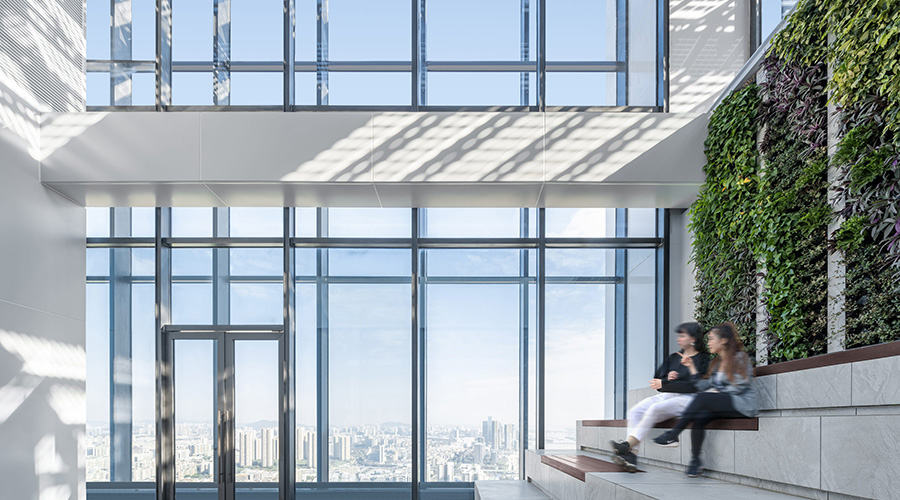« Return to FMDAA entries

Desert Botanical Garden, Phoenix
Overview
Desert Botanical Garden is a world-renowned, 501(c)(3) nonprofit organization, known for its contribution to the plant and conservation community. What we do not want to be known for is an odiferous plumbing issue in our original historic adobe structure, Webster Auditorium. This auditorium is named after our most influential founder, Gertrude Divine Webster. It was constructed in 1939 and added to the National Register of Historic Places in 1990 Early in 2014, building inhabitants began complaining of a sewer smell. After three years of detection/discovery work, engineering, board of trustee presentations and funding approval, the project proposed as a solution was finally completed. The buildings sanitary sewer lines were rerouted to restore proper drainage to the building and avoid foundation issues from leaky drain lines.
Rerouting the sewer lines was the most logical choice, compared with simply repairing the broken lines in their existing locations. This allowed us the opportunity to reroute the lines outside of the building footprint, keeping in mind any possible future renovations to nearby and connected structures, such as our café. This approach also offered the institution the opportunity to avoid unnecessary demolition of floors and foundations, including the executive director’s office. The faulty lines were located directly under his desk.
The project took many hours of coordination and patience, as we needed to plan around the high volume of visitors during our busy season, minimize disruption to staff and visitors, and manage a small, nonprofit budget line.
The original quotes to replace all water supply and sewer lines were well over $250,000. Through a careful thought process and many negotiations, we were able to come to an agreement with a local plumber and settled on a smaller project scope for $87,400. The project scope was reduced to include replacing just the damaged lines that were located through our café and continued through the director’s office and connected to the main sewer line buried under the middle of our main trail. All three spaces are critical to business continuity.
We avoided major disruption by completing the project in July, our off-season due to the high summer temperatures in Phoenix. The café is closed during the off-season, as well. We were also able to coordinate the schedule with the director’s vacation schedule, avoiding the need to displace him from his office for two weeks. Lastly, we were able to avoid closing the main trail by completing the necessary connection prior to the garden being open to summer visitors. All of these actions led to a smooth project completion.
The plumbers finished the project on time and on budget. This was not as easy as it sounds, due to the high number of utility lines present in the area, one of which is the main fiber optic line for all of the garden’s networking and phone systems.
Another challenge was how to connect the director’s restroom to the new plumbing. The plumbing team decided to make minimal cuts inside the restroom floor and then undermine the exterior wall to make the connection. All of this also had to mate up with the new lines, with the smallest of margins for error, so that all of the proper elevations and grades could be restored. To add to this, the garden has a very strict policy for any contractor to be mindful of our plants, as they are our livelihood and our passion.
The Garden Horticulture team removed several invaluable plants to minimize the stress on these plants during the plumbing project. The garden has thousands of species of plants that are monitored frequently to accumulate data on their health and habits. Some plants have historical data that has been recorded since before the opening of the garden in 1939, and the data collected helps our scientists and horticulturists understand how these activities affect plants here and worldwide. Renovations can have a negative affect whenever we have to relocate plants or disturb the ground around them, and we are tasked with minimizing and mitigating this affect.
Through the teamwork of garden employees, board of trustee members, engineers and a great local plumbing contractor, we were able to support our mission. We collectively provided longevity to the foundation of our historic adobe building, eliminate odor issues, preserve valuable historic plants, avoid major disruption to staff and visitors, avoid impacting attendance revenue, and provide new plumbing infrastructure that can support the future growth of the Patio Café.
In-house Participants
Chris McCabe, project and facilities manager; Jim Beach, facilities coordinator; Ken Schutz, executive director; MaryLynn Mack, director of operations
Results
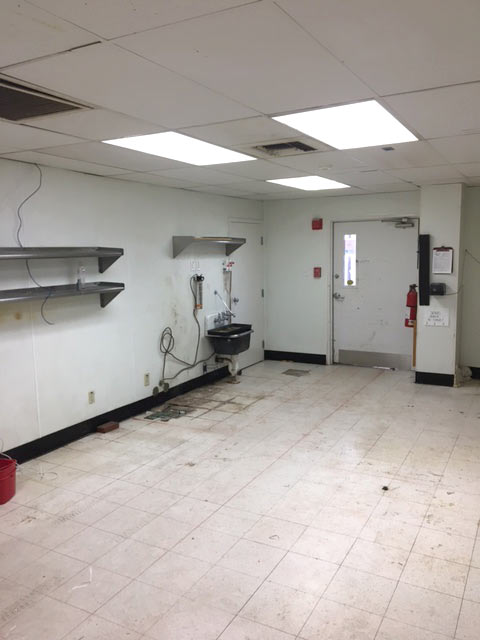
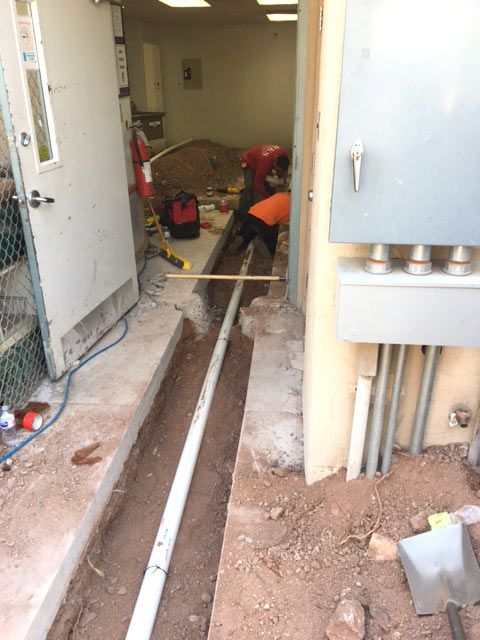
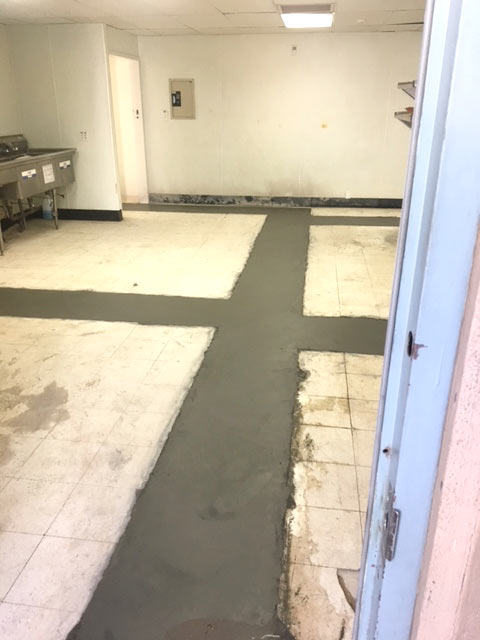
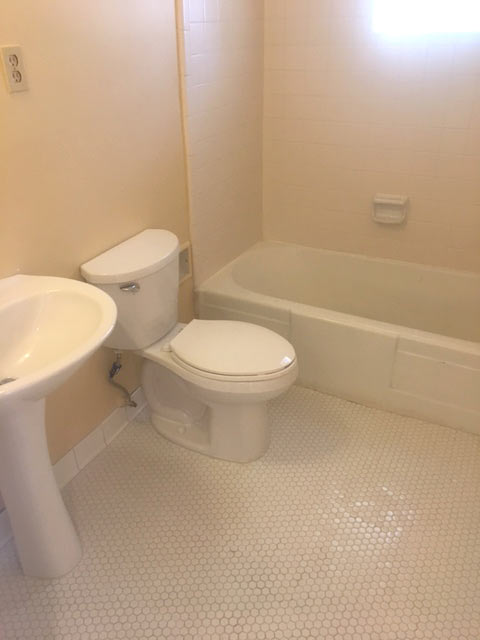
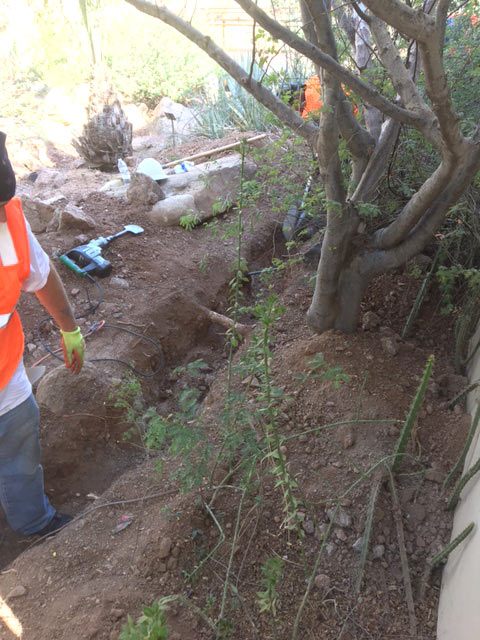
↑ Back to top







